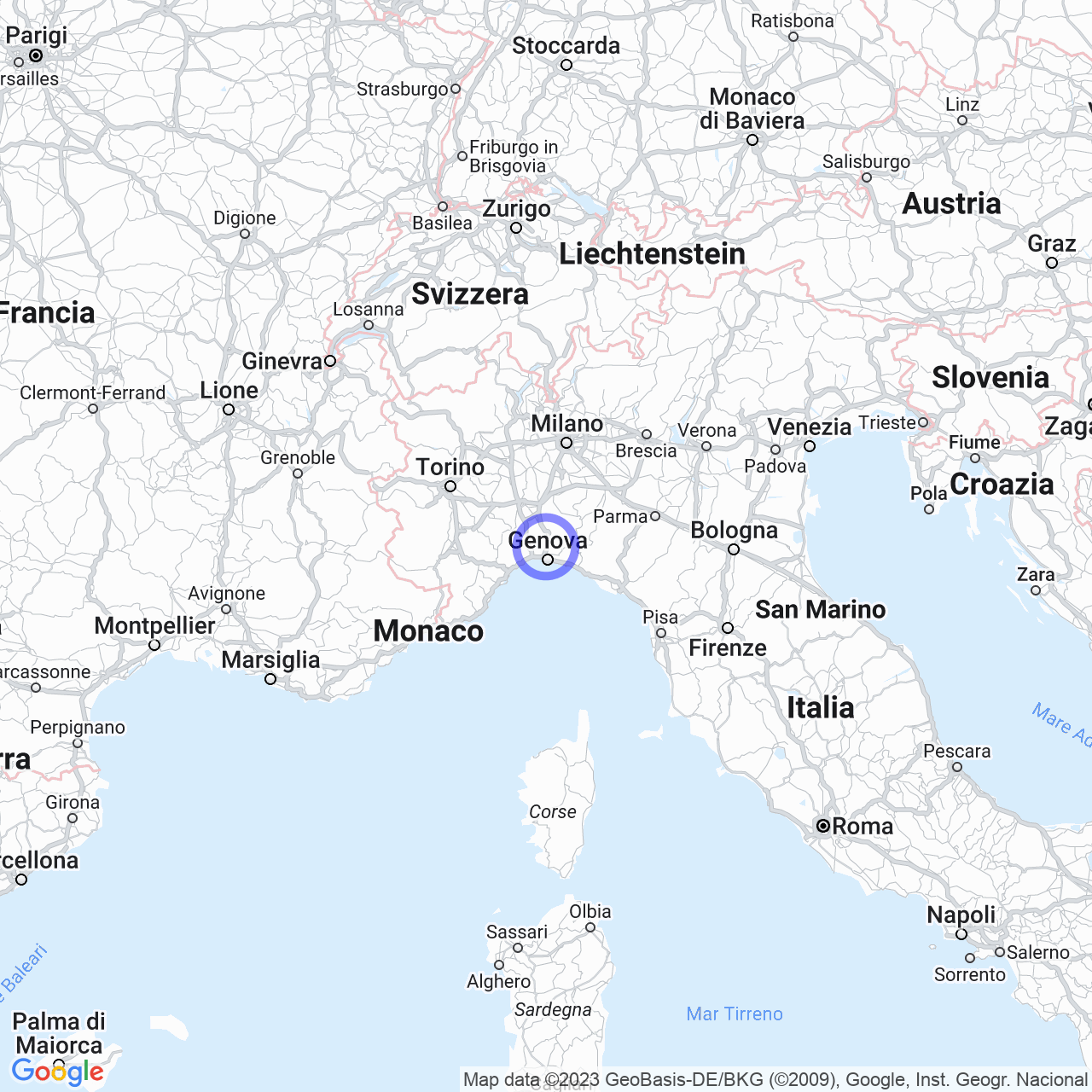Passo dei Giovi
Exploring the Passo dei Giovi: history and curiosities
The Passo dei Giovi, also known as Passo di Zoi in the Ligurian language, is a mountain pass located in the Ligurian Apennines at an altitude of 472 meters. Along the State Road 35 dei Giovi, the pass belongs administratively to the municipality of Mignanego.
Physical geography
The Sestri-Voltaggio line represents the geological border between the Alps and the Apennines and is located immediately west of the Passo dei Giovi. The Passo dei Giovi meteorological station, officially recognized by the World Meteorological Organization, is located on the pass.

History
The construction of the "strada regia dei Giovi" was completed in 1823, replacing the Passo della Bocchetta, and became the main crossing point between the Po Valley and the sea. In 1854, the Turin-Genoa railway was inaugurated, making the Passo dei Giovi even more important as a crossing point. In 1889, the Ferrovia succursale dei Giovi was built, with less steep slopes than the previous line, and the Galleria Ronco Scrivia was built on it. In 1935, the construction of the "camionale" (later becoming the A7 motorway) freed heavy traffic from the mountain pass road.
In addition, a third railway line, the Terzo Valico dei Giovi, is currently under construction and will go through the pass, equipped with high-speed characteristics. The mountain pass tunnel, 27.250 km long, will be operational by 2022.
Curiosities
The Passo dei Giovi is crossed by the Alta Via dei Monti Liguri, a 440 km hiking trail that runs from the Ligurian Apennines to the French border. Moreover, the ancient road on the pass was traced near an important copper mine, leaving traces in the area.
In summary, the Passo dei Giovi represents an important crossing point between the Po Valley and the sea, with a long history reflected in its importance for railways and communication roads. Every year, numerous people cross the pass to reach vacation or work destinations, but the area also offers tourist attractions such as the Alta Via dei Monti Liguri and the history of the copper mine.
